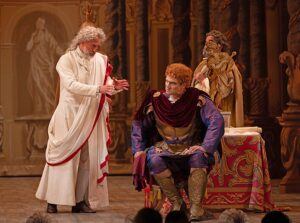By Harry Koundakjian
While some criminals guilty of committing genocide (such as those in Serbia or Germany) are brought to trial, the majority go free, never penalized for their horrific crimes. In particular, the Armenians live with the unacknowledged Genocide of 1.5 million Armenians, and the perpetrators have never been charged. Among the victims was my great-grandfather, the Reverend Hagop Koundakjian, who was burned alive near his town church with 28 of his parishioners. My great-grandmother, Yeretzgin Maryam, reported this in a letter in which she explains how she had to walk behind the Turkish officers’ horses to collect their manure and try to cook the undigested seeds for her children and grandchildren.
Great-grandmother Yeretzgin Maryam (Mary) Koundakjian writes: “I wish I had not been compelled to write about the terrible and frightening tragedies that took place.
“The catastrophe struck like lightning. With tears in my eyes, I write to you. Your father (Rev.)
Hagop Koundakjian was luckier than we were, because at the beginning of the catastrophe, on the road to Adana, he was killed and did not see the sudden destruction and premeditated attacks on our city. He did not witness the burning of his city, did not hear the shocking and frightening shooting by the cruel and heartless enemy.







